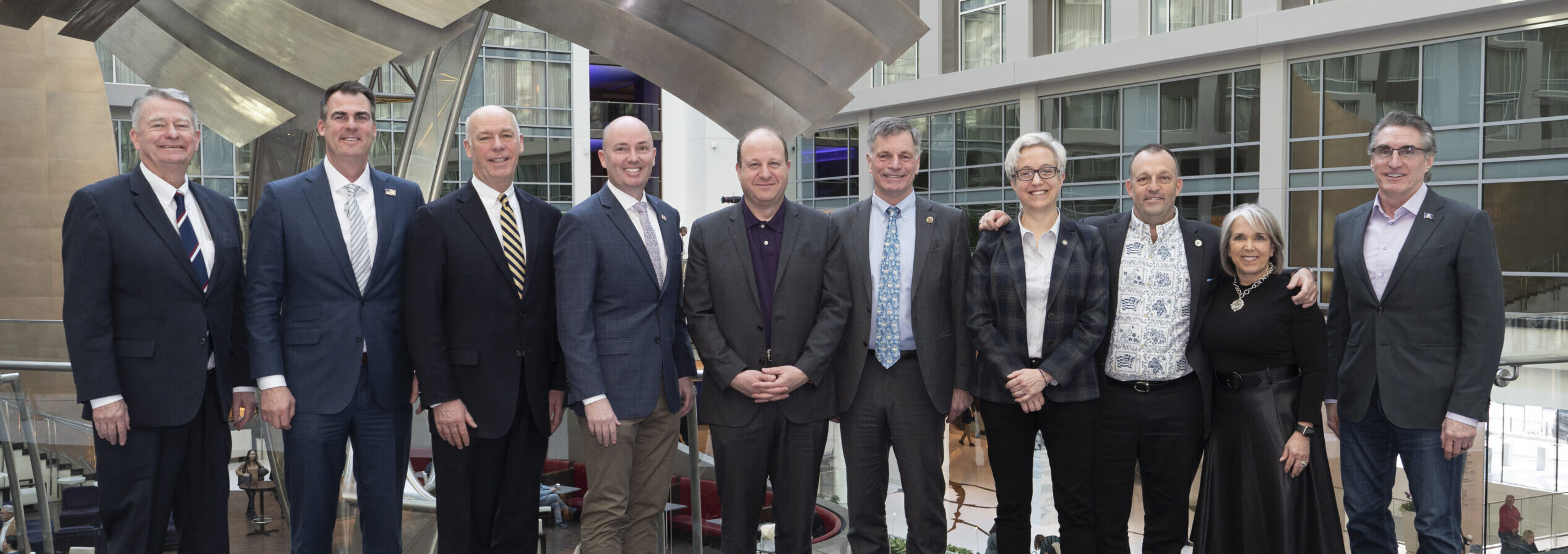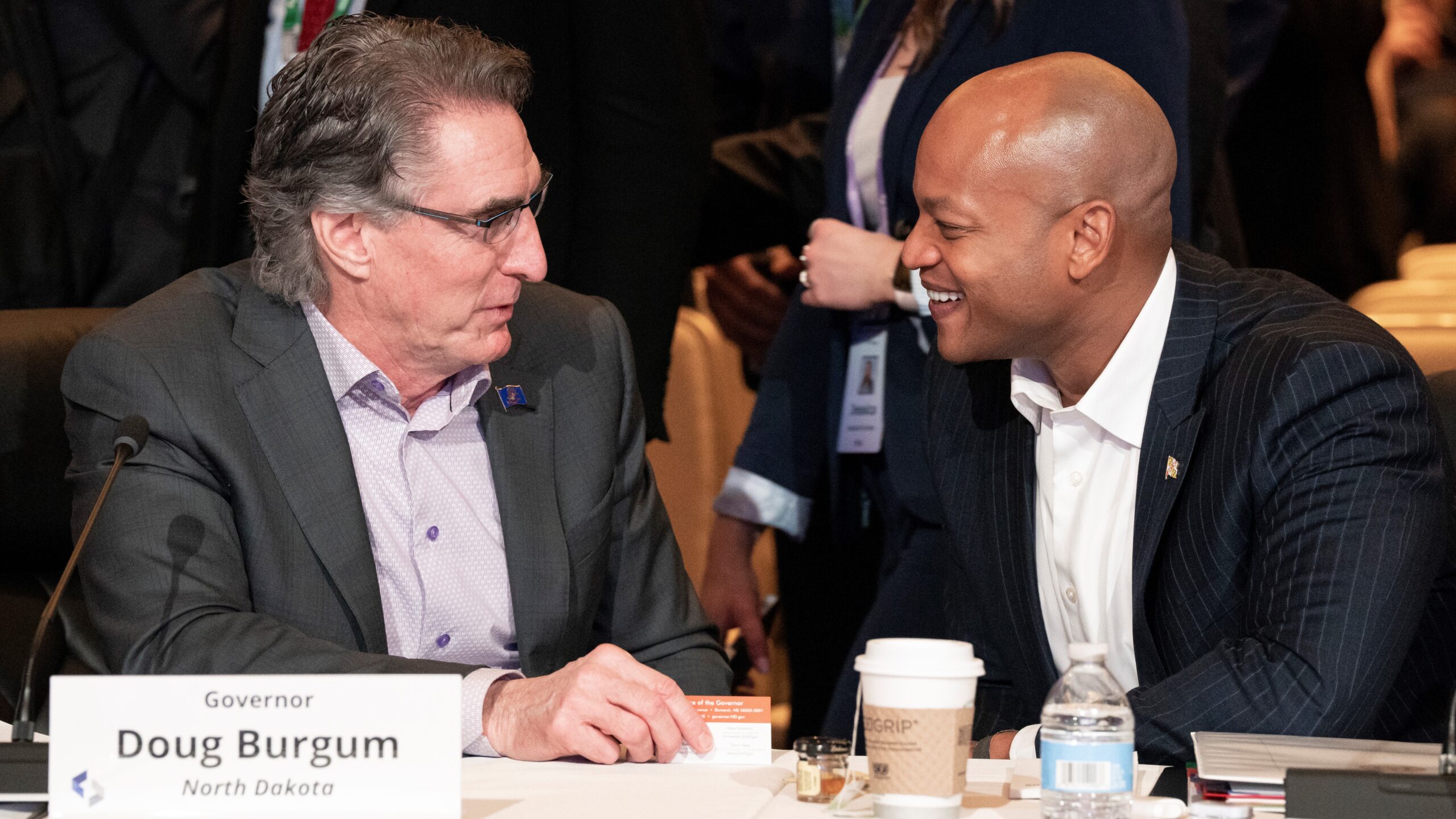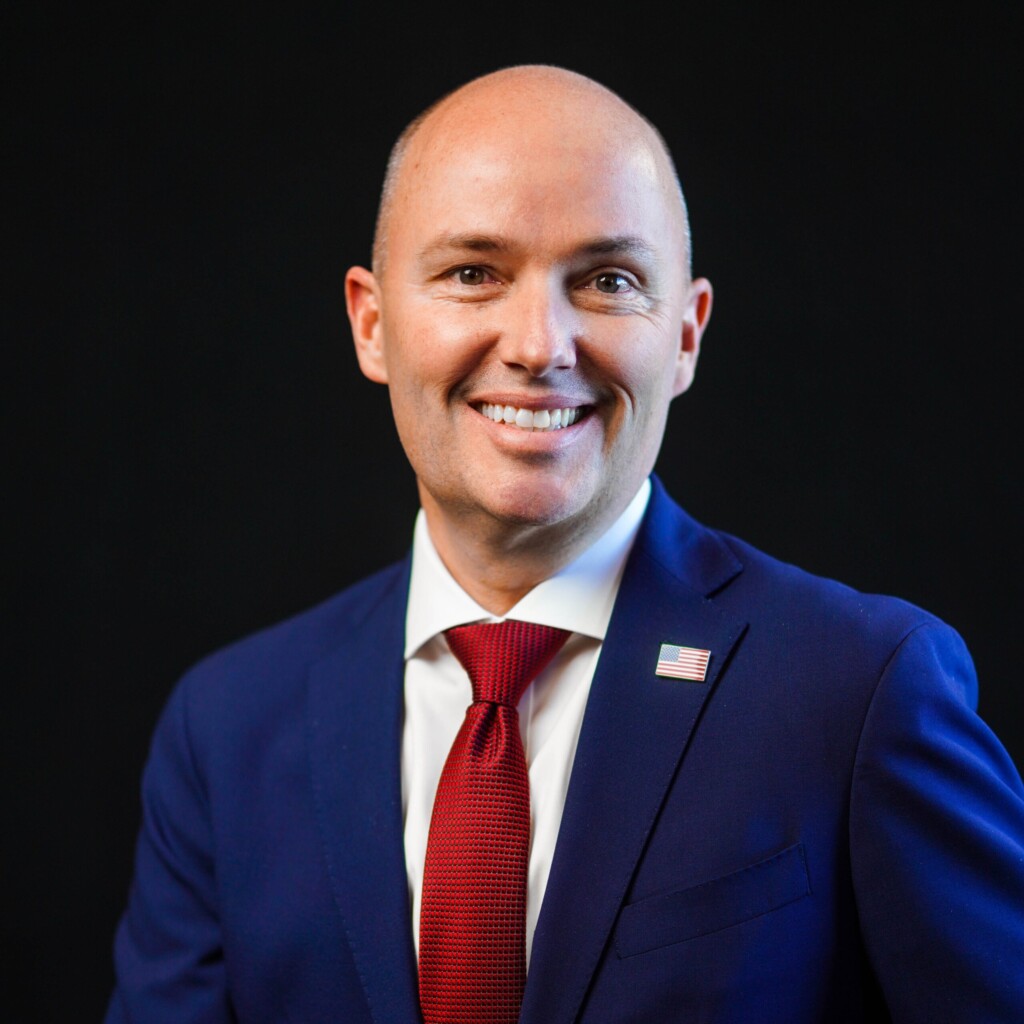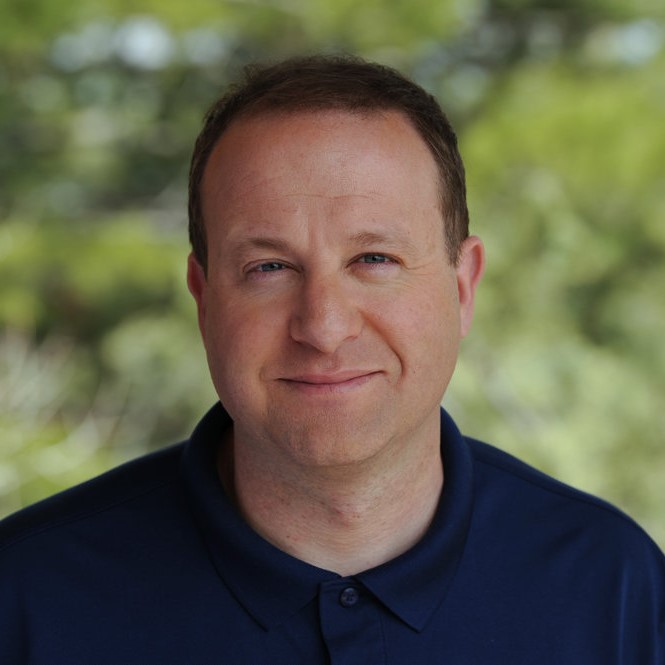
National Governors Association
We’re the bipartisan organization of the nation’s governors.
Founded in 1908, the National Governors Association is the voice of the leaders of 55 states, territories, and commonwealths. Our nation’s Governors are dedicated to leading bipartisan solutions that improve citizens’ lives through state government. Through NGA, Governors identify priority issues and deal with matters of public policy and governance at the state, national and global levels.
 NGA is the premier resource for not only Governors but also for their cabinet members, state policy experts, the U.S. Congress, and private enterprise. NGA offers an array of services to help collaboratively tell the states’ story. Thanks to decades of broad expertise, NGA teams are able to work side-by-side with state leaders to identify challenges, help Governors stay ahead of the curve and offer solutions before challenges become problems.
NGA is the premier resource for not only Governors but also for their cabinet members, state policy experts, the U.S. Congress, and private enterprise. NGA offers an array of services to help collaboratively tell the states’ story. Thanks to decades of broad expertise, NGA teams are able to work side-by-side with state leaders to identify challenges, help Governors stay ahead of the curve and offer solutions before challenges become problems.
Working in the States—Our Membership staff provide services, including management and technical assistance to both new and incumbent Governors, their senior executive staff and trusted advisors.
Sharing between States—Teams from the Center for Best Practices work with state policy leaders and other experts in fostering information sharing between states to research, develop and implement innovative solutions to public policy challenges.
Advocating for the States—NGA’s Government Relations advocates for the bipartisan policy priorities of Governors among federal agencies and with Congress and the White House
Supporting Public/Private Partnerships—NGA Partners works with leading industry and association stakeholders to promote information sharing and support bipartisan state solutions to the challenges facing state government today.
NGA supports members through flagship events such as the NGA Winter Meeting and NGA Summer Meeting, where Governors come together for thought leadership, peer-to-peer networking, and meaningful dialogue on key issues of importance. To learn more about NGA meetings please contact membership@nga.org.
NGA Leadership
We believe in bringing creative skills, thoughts and ideas to the table. Connect with our leadership team, learn more about the Executive Committee, and meet the people on our staff who are keeping NGA innovative. We’d love to hear from you.
CONTACT NGA
- National Governors Association
- 444 North Capitol Street, Suite 267, Washington, D.C. 20001
- (202) 624-5300
- (202) 624-5313
- info@nga.org


